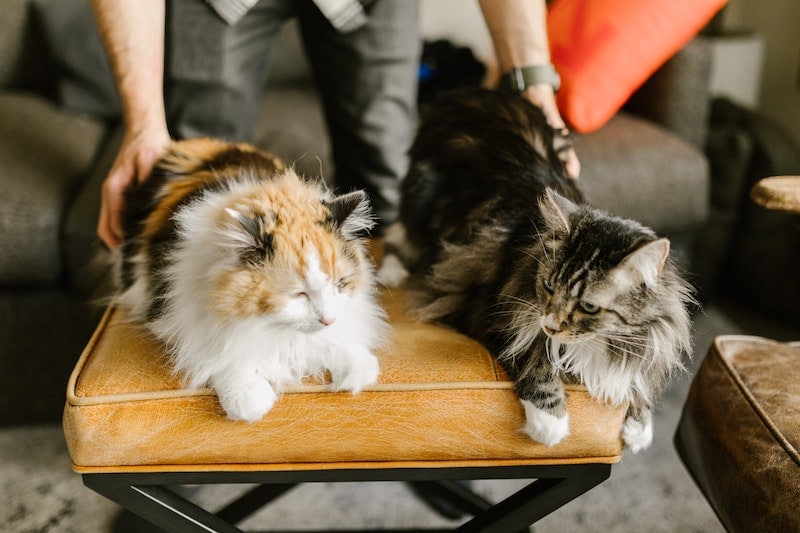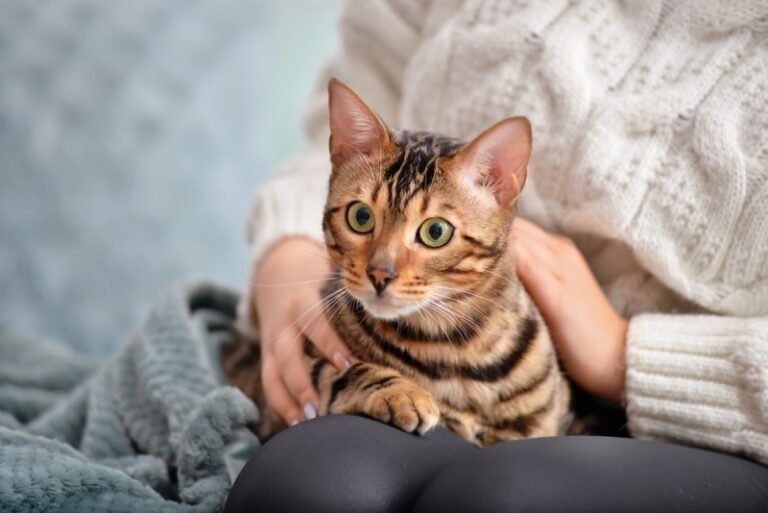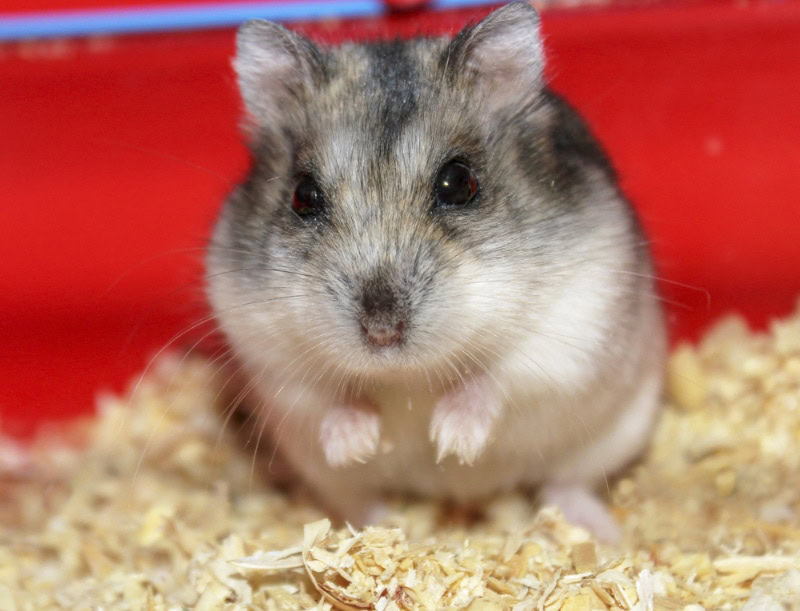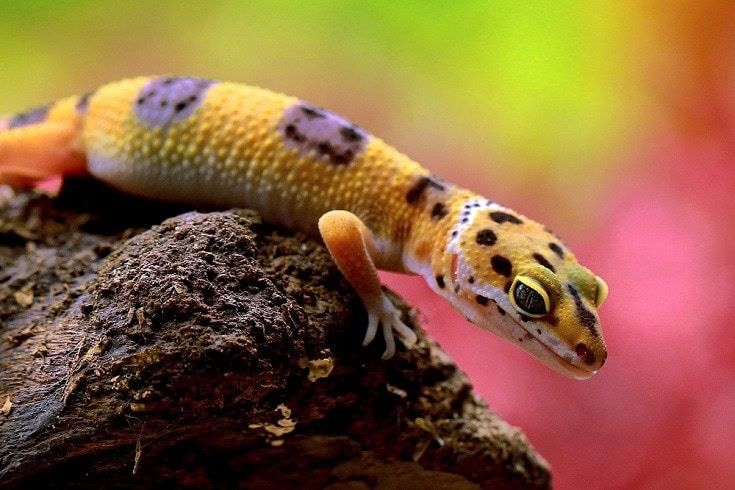VET APPROVED

The information is current and up-to-date in accordance with the latest veterinarian research.
Learn more »Everyone knows many different dog breeds. We see very different dogs all the time, and we know there are big differences between breeds. However, there are also dozens of different cat breeds, and each breed is different in both physical and personality characteristics. So, how do you know what cat breed is right for you? You need to consider first what you are looking for in a cat and your personal and home circumstances before making a decision.
Once you know what to look for and understand the key factors to consider before choosing a cat breed, you can do some research and find the one that’s perfect for you. There are even helpful tools online that will compile your preferences and suggest specific breeds based on your answers. But before you do that, you need to know what the answers to those questions will be.
Here are eight tips on how to choose the right cat breed for you.

How to Choose the Right Cat Breed
1. Evaluate Your Living Situation
The first thing you should do before settling on a cat breed is to evaluate your personal living situation. How many people are in the house? Are kids or other pets involved? Are you able to build a catio? Do you spend a lot of time at home or a lot of time on the road? These questions are imperative. Some cat breeds are better with kids and pets than others. Some cat breeds are perfectly fine being left alone for hours or days at a time, while others are not. Large breed cats might feel cramped or obnoxious in a small apartment. The first step towards picking the perfect cat is to do a quick overview of your overall living situation.
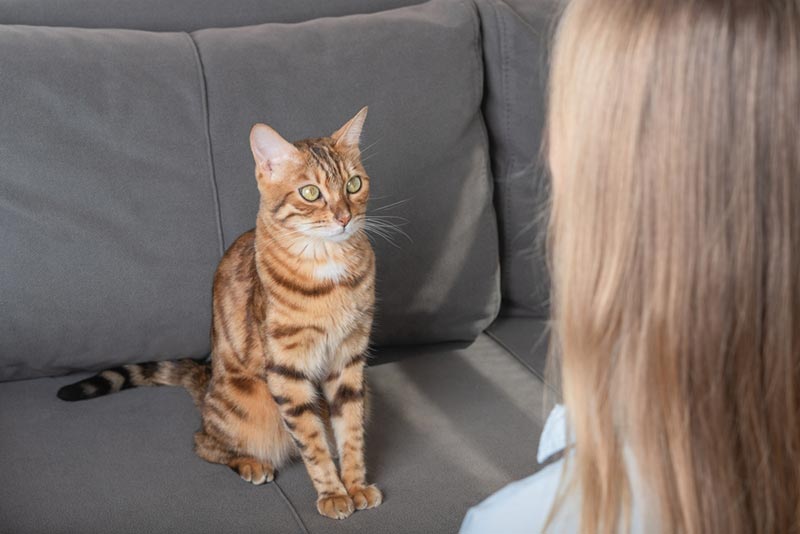
2. Consider Your Cat’s Lifestyle
Before choosing a breed, think about the kind of environment your future cat will live in. Will they have access to a balcony, patio, or garden? Or will they live strictly indoors? Some breeds are better suited for strict indoor living due to their physical characteristics. For example, hairless breeds like the Sphynx are sensitive to both cold temperatures and sun exposure, making outdoor time risky without supervision or protection.
On the other hand, athletic and curious breeds like Bengals or Abyssinians may thrive with access to enriched spaces, such as secured outdoor enclosures or catios, that allow them to explore safely. Keep in mind that unsupervised outdoor access carries risks—such as traffic, infectious diseases, toxins, and conflicts with other animals. Additionally, cats pose a threat to local wildlife. For all these reasons, it’s important to consider whether you can provide your cat with a safe outdoor area before committing to a high-energy breed.
- Related Read: Indoor vs Outdoor Cats
3. Choose Their Size and Appearance
The next thing you want to consider is what you like most in a cat. Do you like large, muscular cats or lean and petite cats? Some cats are extremely large, like Maine Coon cats which can weigh up to 15–22 lbs. or more. Other popular breeds, like Siamese cats, are much smaller. Large cats eat more and produce more waste, but large cats do have a striking appearance that appeals to many.
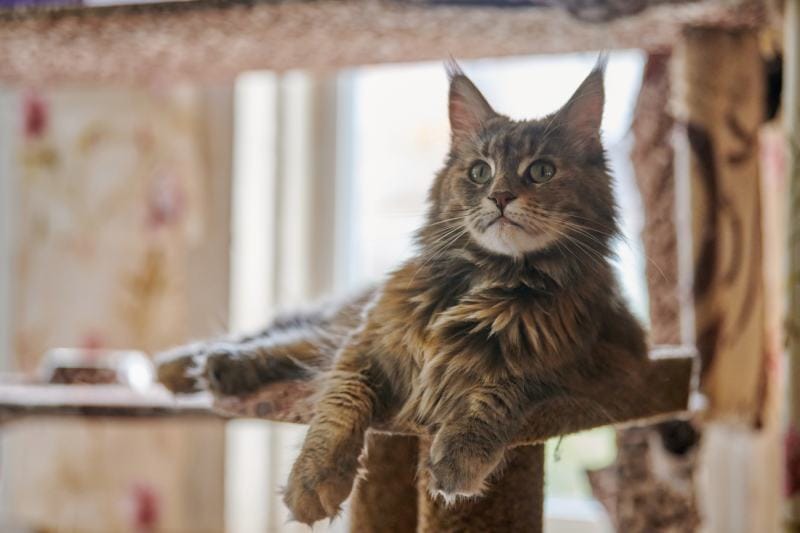
4. Consider a Cat’s Shedding
All cats shed varying amounts of hair. If you don’t like the idea of having to vacuum very often, you will definitely want to consider a cat breed that sheds minimally, often cats with short hair. When long-haired cats shed, they produce a higher volume of loose hair and, therefore, this can be associated with more irritation and more demanding cleaning habits. You will also have to consider the grooming needs of each breed. Even though cats do a good job at keeping themselves well-groomed, long-haired cats require routine, sometimes daily, grooming sessions.
5. Spend Time With Cats to Gain Some Experience
If you don’t really know how different cats act and behave, you should try and spend some time with different cats to get more familiar with the species. There are various ways to do this. There are various ways to do this. You can go to the local shelter and talk to the people there. Most shelters are more than happy to let you see the animals and spend time with them to see if you are a good fit. You can visit cat cafes. These new businesses allow you to sip coffee and play with cats. You can also ask your friends and family about their cats to see what they like or dislike about their particular cat. The more you know, the better informed you will be to make a decision that is right for you.
6. Some Cats Are More Independent Than Others
Some cat breeds are very independent and don’t require as much social contact as others. Breeds known to be more independent are British Shorthair, American Wirehair, and Persian cats. These cats might be better suited for people who have longer working hours or for those who have busier days. Other cats, like Siamese cats, will need you to pet them, sit with them, and pay attention to them a lot more often.
If a cat that follows you around, meows when it sees you, and will sit on you at every opportunity sounds nice, you will want an affectionate cat. If you want a cat that will leave you alone and is content to be left alone during short trips, and doesn’t need constant attention, you will want to find a more independent cat.

7. Decide on Playful vs. Chill
Some cats are extremely playful and energetic. These cats will need a lot of play time or a lot of appropriate stimulation. Energetic and playful cats will need teasers, interactive toys, and plenty of exercise. If cats with high mental and physical stimulation needs do not get the proper attention and time, they can become destructive or develop behavioral issues. Energetic breeds include Abyssinians, Bengals, and Savannah cats. Chill cats will be more content to nap the day away than play. Chill cats include Persians, Siberians, and Russian blue cats. Pick a cat breed that will fit your living situation and your personal preferences and energy levels.
8. Don’t Be Afraid to Ask Questions
If you are unsure about how cats behave or what a certain type of cat will entail, do not be afraid to ask questions. You can ask cat breeders questions about their specific breeds. You can ask your veterinarian about their experiences with certain cat breeds. You can also ask the workers at the local shelter what they think about some of the cats they have seen in the shelter. Knowledge is power. And you do not want to accidentally choose a breed that is going to be a bad fit for you.


Conclusion
These tips and considerations can help you find a cat breed that will fit your life perfectly. Cat breeds vary widely in terms of energy levels, grooming needs, and physical characteristics. You might be drawn to an active, agile cat that enjoys interactive play and mental stimulation, or perhaps you prefer a calm, affectionate companion with a luxurious, long coat who enjoys quiet time by your side. Understanding these differences will guide you toward a breed whose traits align naturally with your personality and daily routine.
- See also: Fascinating Facts About Your Cat’s Nose
Featured Image Credit: RODNAE Productions, Pexels
Contents
- How to Choose the Right Cat Breed
- 1. Evaluate Your Living Situation
- 2. Consider Your Cat’s Lifestyle
- 3. Choose Their Size and Appearance
- 4. Consider a Cat’s Shedding
- 5. Spend Time With Cats to Gain Some Experience
- 6. Some Cats Are More Independent Than Others
- 7. Decide on Playful vs. Chill
- 8. Don’t Be Afraid to Ask Questions
- Conclusion
